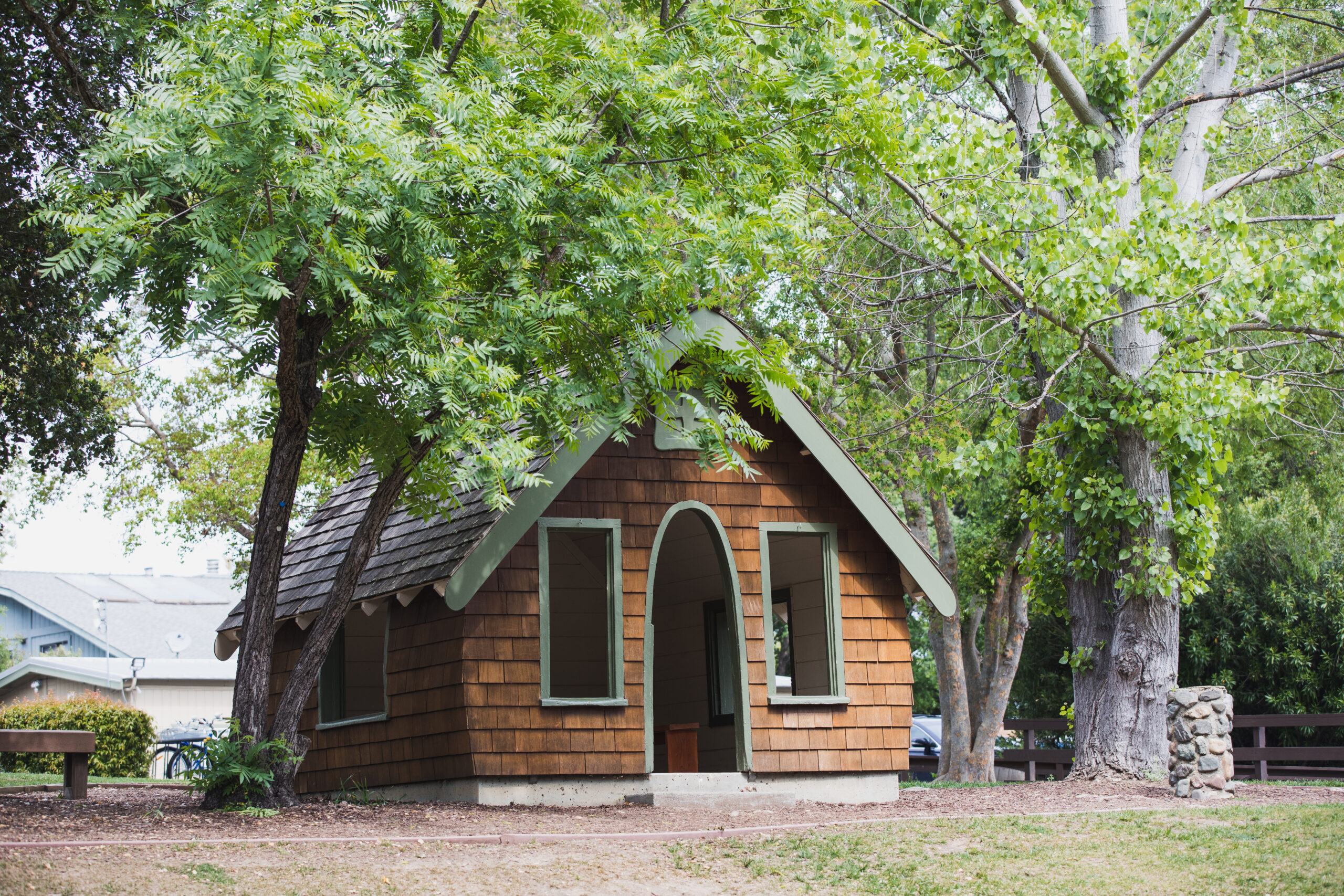I love TedTalks. Whenever I watch one, I am reminded of the famous Mark Twain quotation, “I didn’t have time to write a short letter, so I wrote a long one instead.” TedTalks are limited in time – the speakers have no choice but to produce the well-crafted and articulate “short letter”. As someone with a propensity to write and speak long, I’m impressed by other’s abilities to share in 18 minutes or less important, inspiring, and thought-provoking ideas.
One of the rock stars of TedTalks is Sir Ken Robinson. In his first TedTalk from February 2006 – downloaded over 7 million times, he argued that school’s kill creativity, while in his second talk from February 2010 – downloaded over 1.7 million times, he called for a revolution in education to ensure that school’s help students find their passions and reach their highest individual potential, instead of squashing their dreams. The second talk was also the topic of his recent bestselling book, The Element, a book that the entire faculty read this past summer.
Sir Ken makes a compelling case for rethinking the dominant metaphor in education. As he says, “We have to go from what is essentially an industrial model of education, a manufacturing model, which is based on linearity and conformity and batching people. We have to move to a model that is based more on principles of agriculture. We have to recognize that human flourishing is not a mechanical process, it’s an organic process. And you cannot predict the outcome of human development; all you can do, like a farmer, is create the conditions under which they will begin to flourish.”
His basic argument is that schools should nourish the growth of children by helping them find and develop their passions. He further argues that everyone has “their Element,” what he defines as “the meeting point between natural aptitude and personal passion.” In his estimation, the work of schools should be helping students discover their Element, so that they can be inspired to achieve their dreams. He laments that all too often the one-size-fits all approach of some schools does the opposite, leaving students feeling disconnected and uninspired. He points to examples of people who survive school, drop out of college and then achieve extraordinary success seemingly in spite of their schooling. That story is all-too-familiar in Silicon Valley.
One of Hillbrook’s great strengths is that we have always embraced a more organic, less mechanistic, model of education. Our vision statement – Inspire students to achieve their dreams and reach beyond themselves to make a difference in the world – speaks to our deeply held belief that school should be about nurturing children along a path that helps them find their Element. Our constant injunction to students to take risks is a key part of this passion equation.
Of course, identifying your Element is just as important for you as it is for your children. This past summer when I met with new families, I surprised more than one person when I asked, “What is your passion?” I was quick to add, “not the passion of your child, but your own personal passion.” After the initial moment of surprise, I had some wonderful conversations as parents opened up and offered me genuine insight into the place where their natural aptitude meets their personal passion.
For the record, my passions include exchanging ideas, envisioning future possibilities, and studying the past. Reading books, newspapers, blogs, and, increasingly, different tweets from a growing network of educators and thinkers keeps me inspired and engaged.
Another passion is hands-on-learning, something I used to create in my own 8th grade history class through dramatic simulations and debates, and something I now celebrate, nurture and support throughout our JK-8 program. It is no coincidence that I was attracted to Hillbrook with the Village of Friendly Relations, the ultimate example of hands-on learning, at its philosophical and physical heart. I love nothing more than to watch students actively engaged in constructing their own understanding. Recent conversations among faculty, parents, and educators from around the country about tinkering, Maker’s Fairs, and design thinking have me excited to think about how we can expand those elements in our program.
Next week, members of our community have the rare opportunity to see Sir Ken Robinson in person as part of the Common Ground 10th anniversary speaker series. Having seen him speak several years ago at the National Association of Independent School’s Annual Conference, I can assure you that Sir Ken is every bit as impressive in person as he is on TedTalks. Sir Ken will be speaking at the Sacred Heart Schools in Atherton on Wednesday, November 9 at 7 pm.
I look forward to attending this exciting evening, and I hope a number of you will be able to join me. You might also pick up his book and spend some time asking yourself an important question – what is your passion?
P.S. I also want to invite all parents to Tuesday’s night State of the School presentation at 6:30 pm in the multi-purpose room. Don’t miss out on our Vision 2015 progress report as well as the annual presentation about the school’s finances. Join me, members of the Board of Trustees, and the HSPC leadership for this important evening.
To see his first TedTalk click here, his second TedTalk click here
